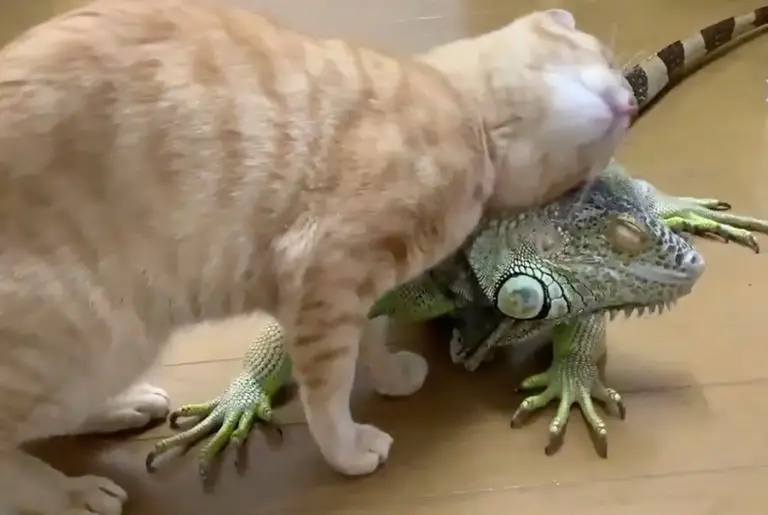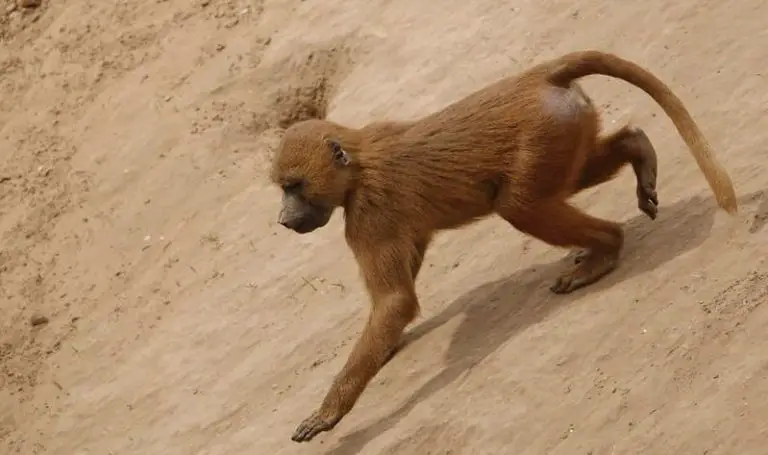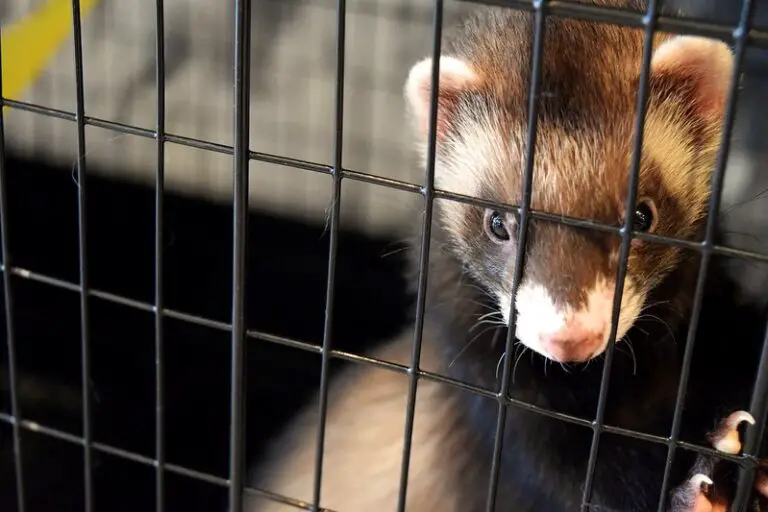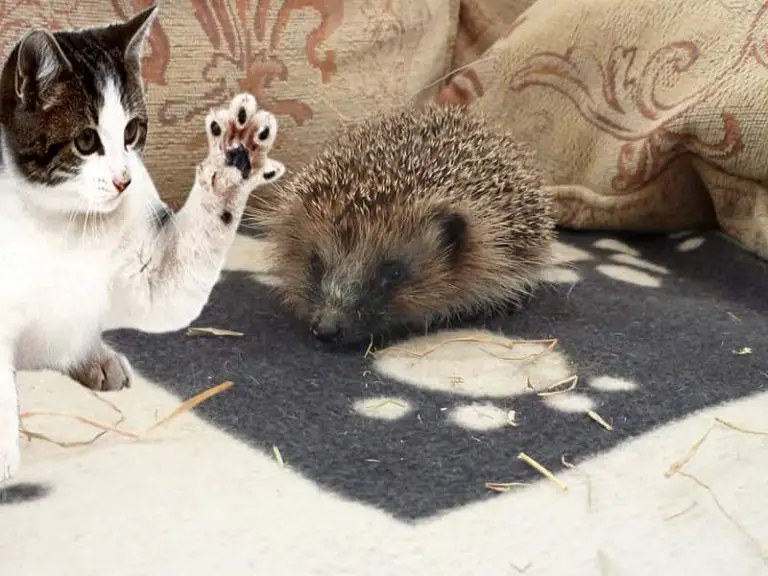Can Pigs Eat Grass Clippings? (Key Information)

Having large portions of land with grass can be a beautiful thing, but I know the pain of those who must be constantly cutting the grass, and then getting rid of it.
On farms and barns with ruminant animals such as cows and goats, it makes it easier for them to naturally get rid of grass clippings, because these animals can eat these vegetable clippings, in fact, they even do the work for you.
Another interesting aspect is that more and more people are turning to natural animal husbandry, that is, more traditional, economical, and simple, using more easily accessible elements of nature as a useful resource.
But what about pigs? can pigs eat grass clippings? it is actually somewhat unusual to see a pig eating grass, personally, I have never seen a pig eating grass.
There is a fundamental difference between the pig and the other animals that usually eat grass, the pig is monogastric, which means that they only have one stomach to digest food.
It is very complicated for a single stomach to convert the protein contained in the grass and use it throughout the body, this is a much simpler task for ruminant animals with several stomachs.
While ruminant animals whose main food is grass, are polygastric, they have several stomachs, in the specific case of cows, these have 4 stomachs, which facilitates the process of digestion of grass for its high fiber content.
Although the pig is a monogastric animal, its capacity to ingest foods with high fiber content is well known, the large intestine of pigs can digest the cellulose present in grass clippings, but certain precautions must be taken, especially in the way and time, the grass clippings are supplied.
Pigs are omnivorous foraging animals by nature, they have varied dietary needs, cereals are usually offered as a supplementary feed, fibrous feed such as grass can represent up to 48% of the fermentative capacity of the pig.
They can digest a range of additional feedstuffs, which may include other plant-based products such as grasses and pastures. This can make positive nutritional support at every developmental phase of pig development.
The microflora in the large intestine of pigs can be managed by diets with more roughage. The microflora apparently changes to a large population of cellulolytic and hemicellulolytic organisms in response to prolonged administration of high-fiber diets.
Adult pigs have a greater potential to digest cellulosic material and can be adequately maintained on forage diets when supplemented with vitamins and minerals.
What is the problem with grass clippings to feed pigs?
As I mentioned previously, pigs can eat grass and this is beneficial, but there is a fundamental factor and that is the way the grass is cut and the time.
Ruminants can eat grass, but these animals usually eat grass in the most natural and freshest way possible, by pulling it themselves from the ground.
For grass clippings, for example, if a lawnmower is used, in addition to the grass coming out too shredded, it is very likely that it will also come out contaminated with oil and gasoline residues, which is not a very feasible or natural way for a pig to eat it.
Apart from this, the cut grass has a fairly fast fermentation time, when the grass is cut it starts a fermentation process, the substances and types of sugars that are produced in this process are detrimental to the digestion of the animals.
However, in many farms, they feed freshly cut grass to their animals, this may be something normal, to try to delay fermentation a little, ideally not to pile up too much grass, as the grass that remains underneath does not “aerate” and ferments faster.
It is very likely that some grassy areas are saturated with chemicals and soil treatments that are not at all friendly to pigs’ stomachs.
What is the fermentation process in grass clippings?
The grass goes through a process after being mowed, which consists of releasing the circulating sap from the leaves and stems.
This process consists of the oozing of the sap that flows from the leaves and stems. It contains freshly synthesized sugars and amino acids from the photosynthetic activity of the leaves, that have just been clipped.
These sugars and acids are very nutritious, therefore the bacteria and yeasts that are constantly around, when they settle in this large amount of food, start to absorb them in an anaerobic way, which is known as fermentation.
What type of grass is suitable to feed to pigs?
Caution should be taken, as there are some grasses that are poisonous, others are not so nutritious, an example of a good grass to supply as a feed supplement is alfalfa pasture.
Among the diverse nutritional contributions that this type of grass provides are structural carbon hydrides, it also has minerals and proteins of very easy assimilation.
With this type of pasture as a supplement, the pig’s diet can be effectively balanced. Studies have shown that a very good quality pasture can provide pigs with up to a third of their required protein nutritional needs.







